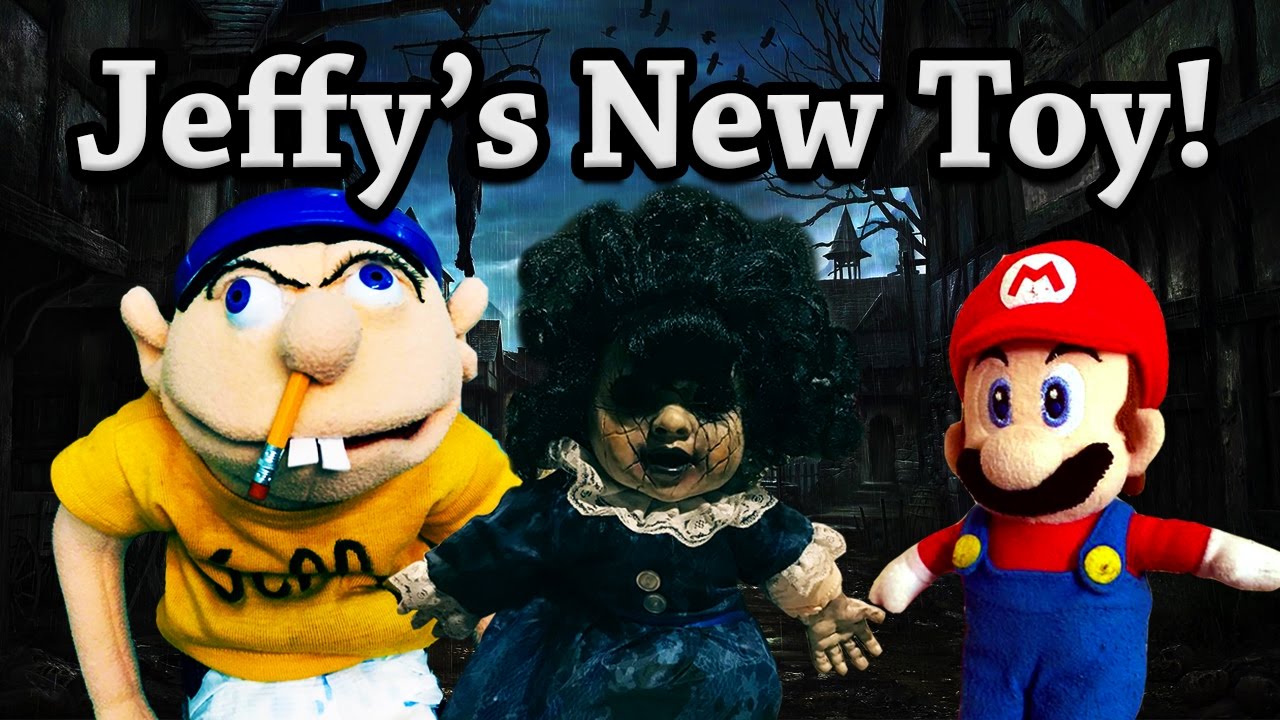July 2017 - Jeffy's new toy, slow freight - the ugly truth. Market capacity tipping points
Date Posted:1 July 2017
“Never underestimate the capacity of another human being to have the same shortcomings you have.” — Leigh Steinberg

Jeffy has a new toy and it's a blast.
Despite his lovely wife's protests, Jeffy bought yet another roaster and this baby is an advanced lab/small production system.
A platform to extend our R&D further as we explore those far reaching boundaries of what is actually possible (or practical and realistic) in the way of of filter roasts.
Oh, and I suppose it also comes in handy for those emergency roasts in afternoons we find ourselves short from a sales surge on a specific coffee.

the "UGLY" truth - why parcels are taking longer to arrive
In the weeks leading up to drafting of our monthly Newsletter, I often reflect upon many of the challenges we face each day and think about how we can do a bunch of stuff much better.
You may be surprised to discover that what occupies my brain has little to do with how to roast better coffee, or sourcing improved raw coffee grades, packaging, marketing or a myriad of other innovations - it's thoughts on how the total customer experience can be improved in one very important phase.
All too often this deep analysis ends in the black hole that is Logistics. Each month I have to think carefully on whether to feature yet another rant about the declining state of logistics in Australia - sometimes taking a moment and backing off from a frustrated mindset as we don't want each month to be filled with bad stories about doom & gloom freight.
Mostly, it's about a bunch of ideas, concepts and a grander visions for how to we can make a step change in getting our crafted products to customers faster and cheaper.
It's really difficult for us to combat against the rising tide of aggro from a sub-standard shipping service. I'm guilty of barking back as frustration levels run high - but it's because we are up at 4am each day busting our butts to create a quality fresh food product that our customers need today, not next week.
Everything within our control is executed extremely fast but often our service is tarnished by a poor experience or outcomes from the shipping phase. Frustration stems being powerless at times to fix endemic issues outside of our domain - yes we complain, yes we get upset, but we must continue to press for change.
There has long been a major disconnect between general expectations and reality for online retail in Australia and it's these reasons why savvy Australian retailers, particularly those entrenching in "bricks and mortar" keep their online offerings as a lower priority "play thing". They know logistics is an Achilles heel for Australian online retailers. We just get on with it by fighting back with offering better quality, price and far superior control over product freshness. Ultimately, these are the key drivers of purchase decisions for serious coffee enthusiasts.
The disconnect is from a culture generated by US-based retailers (Ebay, Amazon, etc) forcing their identical US business policies of "fast and free" upon our local domestic market - practices that are way out of step with the physical realities of a country struggling with an expensive, slow and congested residential shipping provider monopoly.
We know it only too well after having spent 8 years optimizing our processes to hit literally zero response times and yet that does not save us from the indignity of a poor freight experience.
There is also the powder-keg issue of unfair tariffs between the low rates international shippers are enjoying from AusPost for the final-leg domestic delivery and the exorbitant rates charged to hard working Australian merchants. It's by no means a level playing field but that's a story for another day.
Back on topic - speed.
As many of you may know already, every single regular parcel (Express are handled a bit differently) needs to pass through a central state Parcel Hub. This hub and spoke topology is the same for any freight provider whether it's Australia Post or a business freight provider like TNT, etc - they all use the same techniques of edge distribution and line haul.
In the case of Australia Post, the 3 major hubs on the Eastern seaboard are Sunshine VIC, Chullora NSW and Underwood QLD. You may have also noticed when studying the tracking events that parcels tend to sit and wait for what seems to be rather unusual periods in these hubs.
Each parcel needs to pass through an Xray to measure dimensions (cubic volume) and weight. It's astounding that given the sheer volume of parcels moving throughout the Australia Post parcel network they have only a single Xray system in operation (NSW and VIC are being ramped up with additional units to add capacity before the peak freight season starting in September... a project living on a 12 month promise).
Despite the speed of these systems, it's a massive choke point on the entire parcel network when you consider there may be more than 900,000 parcels in circulation on a given day around Australia - with a lot of those in Sydney and Melbourne, hence Chullora and Sunshine become critical congestion areas with parcels potentially sitting for more than a day in queues measured into the hundred's of thousands. It's not just a mycuppa thing, every merchant is affected equally as it's just wall to wall cages full of random parcels.
Surprisingly, it's not entirely the fault of the Xray systems for delays. It's an issue called "ugly freight" - unusual, awkward shaped items. Think tyres, poles, cylinders, car batteries, stuff that is not the traditional shape of a box or carton, causing the automated mechanical systems in the parcel hubs to require human intervention, dramatically slowing down the processing speed. It's also contributing to higher damage levels and increasing incidents whereby the consignment labels are being sheered off cartons, rendering the parcel undeliverable.
The explosive growth of online retail means that just about anything is being passed through the freight network these days........and....... well........you can see what's going to happen........ a tangled mess !
Our mycuppa freight is ideal for the parcel hubs because we box everything in reasonably proportional cartons - which is what these Xray systems were designed for originally. However, all freight is mixed into cages and these are mechanically tipped and routed, so it's a random tangle.
Think airport security when you are trying to enter the departure lounges by passing a bag of golf clubs sideways through those narrow Xray machines - it stops everything and everyone immediately.
Ugly freight is the primary reason why the parcel networks are slowing down - along with lagging capacity from explosive parcel growth. It's a 12+ month plan for upgrades and by the time it starts delivering benefits........ the residual growth has overtaken the extra capacity and they are yet again on the back foot unable to cope with overloaded volumes.
Currently, there is no surcharge on unusual shaped items within Australia Post as the standard cubic volume formulas apply. Although AusPost are looking into this challenging aspect of their service and trying to think of ways to speed up normal freight, it's only early days yet and my guess is that they are unprepared to introduce such measures like extra charges for unusable shaped items for fear of outrage from merchants.
Personally, I wish they would charge more for awkward freight because it's again yet another simple case of the tiny minority affecting the greater majority. A few months ago TNT introduced a hefty manual handling surcharge applicable to items that require more physical attention by handlers.
So where does that leave us.......sitting as road kill ?
No, we will not sit on our hands and do nothing.....yet again we plan to explore alternatives and trial whether they are up to the task for our freight as we seek channels that are less congested to ensure our customer's parcels travel fast.

Has Australia reached a capacity tipping point for roasted coffee ?
Not only has there been an explosion of new coffee brands in the last 7 years (up from 350 to well over 1200 and counting) but the consequence of all this extra capacity is applying some interesting pressures upon the roasted coffee market.
We are seeing some unhealthy signs from the significant gap between excess supply and a slower rising demand side. It's not affecting us as we continue to grow, month on month, but colleagues in the industry I talk with are lamenting the tough prevailing conditions and the literal "drive by" damage from stealing customers.
You don't often see coffee companies being offered up for sale. This is a stark contrast to the thousands of cafes that are either officially or unofficially on the market at any point in time. Heck, I can almost guarantee that a cafe owner will gladly part with their operation for the right $$ without blinking an eye, some are even desperate to exit, yet rarely will a coffee company trade hands.
In the suburb we live, more than 60% of the cafes, some of them only a few years old are up for sale - with quite a few of them being on the market for more than 12 months. I believe that cafes are trading hands more frequently than stocks in most people's long term share portfolio.
It got me wondering why this continuing fragmentation, or a lack of unified structure in our local Australian coffee industry prevails.......is it just because there is literally zero consolidation taking place ?.
The coffee industry in Australia has been relatively immune from any sort of major structural change - which puts it in a pretty unique category indeed. Look at almost every other industry and there will always be some type of consolidation at play.
The handful of acquisitions or investments over the last 5 years have involved relatively large players such as Coffex (Malaysian interests), Toby's Estate (Moccopan), Veneziano (The Coffee Club) and Di Bella (Retail Food Group). Whilst pretty large kilos this just accounts for a handful of brands versus the other 1000+.
In the US, there is a greater activity level of market transactions for coffee companies probably due to easier access of debt capital and a larger market size helping de-risk any deal transactions.
The small to medium sector of the market (known as the dangerous middle in any industry) remains a fierce battleground fighting to hold onto existing customers and launching brazen or desperate attempts to steal new customers from competitors. This segment of the market includes the new micro roasters as well as established companies that lack a distinct point of difference......a.k.a. the me-too brigade.
There is also probably an element of untested valuation principles being applied to coffee roasting companies in Australia when they do eventually test the market with a sale. Most, if not all are founder or family led and this brings that emotional element from building up something into a viable enterprise - all those years of toil and millions of $$ invested. Goodwill and customer stickiness become very intangible factors in any enterprise valuation calculations. Eventually though, metrics will emerge but it's going to take a few sales to get a handle on what is fair and reasonable in terms of peer market indices.
You see, the number of new coffee drinkers does not rise at the same rate that capacity is added. Yes, our population is growing relatively fast these days from a larger base, but it does not always translate into linear conversion of coffee drinkers. Surprisingly, the lowest consumers of coffee are the age group from 18 to 29 year olds. That means, the influential demographic, the social-media addicted young adults, those with the abundant energy, the most opinionated and vocal we try so hard to win are actually less likely or interested in coffee. One age segment is a total shock as to the high percentage of coffee drinkers, the 14 - 17 year olds. Yes, I had to look back a few times at that surprising statistic.
As we regularly talk with roasting equipment suppliers, they claim no end of new systems and upgrades in the pipeline for Australian Coffee Companies. Some Coffee Companies are increasing their total capacity by more than 400% in the hope that orders of roasted coffee will flow in the near future. We are also eyeing upgrade options as we march to a faster drum, but it's going to be something we manage over time as the change program is significant.
Today, growth plans for many of the mid-sized coffee companies are primarily centred around a gradual, organic, incremental rise - missing from these plans are mergers and acquisitions as there is always caution in market that shows no sign of maturity. These simplistic strategies rely upon competitors stumbling, pinching customers or the luck of a new opportunity landing in their lap unexpectedly.
When the tipping points occur, smart thinking companies will join forces to bring scale economies or synergies so they are better positioned to compete in the market. Until then, the cost structures will continue to rise as affordability of labour, real estate and energy increase at faster multiples than the retail price of roasted coffee and continue to squeeze margins.



